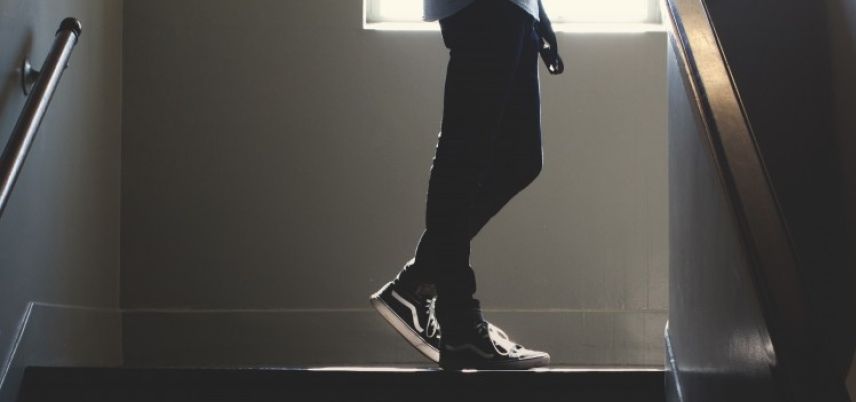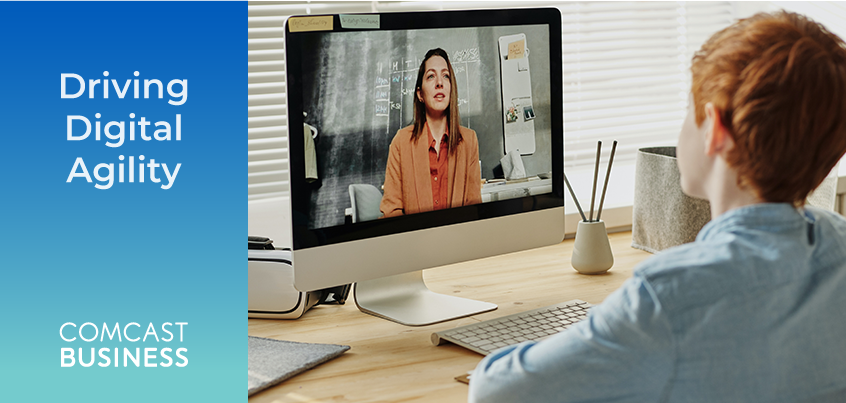Partnership can Increase Success in Solving Digital Equity

A student’s ability to succeed in school shouldn’t depend on their zip code. But as the gap in digital equity widens, school districts across the U.S. find themselves scrambling to provide solutions that level the playing field for all students.
For educators and administrators, the issue of digital equity is complex and nuanced, spanning capacity planning, affordability and the pace of evolution for devices and platforms. It is without question the biggest challenge facing educators today.
School districts have traditionally looked at solving these issues themselves, but changes in technology and capabilities have broadened the discussion. It’s no longer about simply providing internet access, for example, but high-speed broadband internet. And institutions that have helped achieve level access in the past aren’t able to keep up, either.
“One of the traditional bridges for students has always been the public library system, but in recent years, libraries took the same budget cuts as cities and counties,” said Chris Prekopa, director of state and local government and education at Comcast Business. “All of that has an effect on a student’s ability to get online.”
It is becoming clear that schools and districts are not able to achieve digital equity on their own. Increasingly, the best way to accomplish digital equity is by forming public-private partnerships within local communities to reach this common goal. Partnerships allow schools to bring in fresh perspectives and widen the scope of solutions.
“It’s a collective effort, public and private, that will drive these programs to be really successful,” said Prekopa.
School districts should first develop a strategic vision for how their students will benefit from partnerships that solve the issue of digital equity. The best path is to start with the desired outcome and work backward to figure out which potential partners can help your district get there. Completing that vision is crucial to making the partnership work.
“To say you want digital equity for all students without an actionable plan is a recipe almost guaranteed to fail,” said Prekopa. “You’ve got to have a strategy and have to talk to partners on how to go about it.”
Prekopa stresses that just as every student has specific needs, there’s no one-size- fits-all answer to approaching partnerships to solve digital equity. The solutions often differ somewhat from community to community and among partners, but that’s what makes partnerships so effective— each of the stakeholders brings something unique to the equation, and all of them have a localized perspective.
“I encourage administrators to ask a lot of questions and have a lot of conversations in terms of strategy, but they must have the strategy at the foundation,” said Prekopa. “It has to be full circle.”
Photo via Visualhunt.com
When it comes to internet access, there shouldn’t be a disparity across school districts.
Locked Content
Click on the button below to get access
Unlock NowOr sign in to access all content on Comcast Business Community
Learn how Comcast Business can help
keep you ready for what's next.











